When I first introduced Soft Shell, the natural choice was to make black. It’s the most popular Tyvek model and, putting aside debates as to whether black is a color itself, it’s probably my favorite color- at least to wear.
I have to order a huge minimum amount to have it custom produced though and the whole lot needs to be dyed the same color. So that means I can have it made in whatever color I want, but I better hope enough other people like the color too! In order to introduce the initial lighter gray Soft Shell, I went through quite a learning curve about what it takes to create colors for custom materials. The Pantone system didn’t really work in the same way as I was familiar with for printing. And while there are Pantone systems for other materials, the way the actual product comes out will differ slightly depending on the exact material.
So what’s the safest most accurate method? Trial and error basically. To be a bit more technical, you could say it’s color matching and lab dips. What it boils down to is that if I can find something as close as possible to the color I’m looking for and send it to the manufacturer, they can try to formulate a dye to match it. For the first gray, I sent them a special edition Roger Federer jacket I had.
For this time around, I found an earphone case that was exactly the hue I was aiming for, though I ideally wanted something of a slightly darker tone.
But it’s an imperfect process so a few big variables need to be controlled for...
The first major one is the material of the color I send them. Different types of fibers take dye differently and also reflect light differently so ideally, a color sample would have a similar appearance to the end material I want it to become in order to be accurate. But even if we were to examine two pieces of 100% cotton material, the weaves and thicknesses may vary. Technical fabrics are blends of all kinds of stuff so it’s very rare to find an exact match.
Second is context. A little swatch of a color is going to look different than a larger one… so ideally you can create a visual mock-up that’s somewhat similar in size. In this post about choosing a green to print the Tyvek wallets, you can see that I printed mock-ups with 1:1 scale and even included stitching lines.
I also mask out color samples with white paper so no other colors are visible. Even being near other colors or in a room with different color walls can have an effect. So when viewing any color, it’s important to do it in some kind of controlled environment.
Third is the lighting conditions. Similar to differences in how different computer monitors depict color, physical objects look drastically different with various lighting. One way is to use a full spectrum or daylight bulb. Most indoor lighting is too warm (yellow) to accurately show color. But what’s usually regarded as best is to use actual sunlight by going outside or right next to a window.
For this particular color matching process, the last element is the material of the sample that comes back. Since production of my actual material is complicated, the samples are of a similar material that’s slightly different. Therefore, I need to use just a bit of imagination as to how the thread density and fabric weight will affect things like folds in the material, which impact how the color is perceived.
When they send me the lab dip samples they usually will send two, sort of bracketing the target color. If they aren’t acceptable, they’ll go back and adjust things and send back two more. With the variability, it can be a bit nerve racking to approve the final one, but it’s really cool when the final product is produced and the color is how you imagined it. After all, in the end it’s about coming up with something that looks good rather than a technically perfect rendition of the reference color.
So what if you need thread that’s the same color as the material you just had produced? Don’t even get me started...
The new charcoal soft shell material has just been introduced as a color option for the Slim Pack Kickstarter project for both a backpack and wallet.
What other colors of Soft Shell would you like to see?

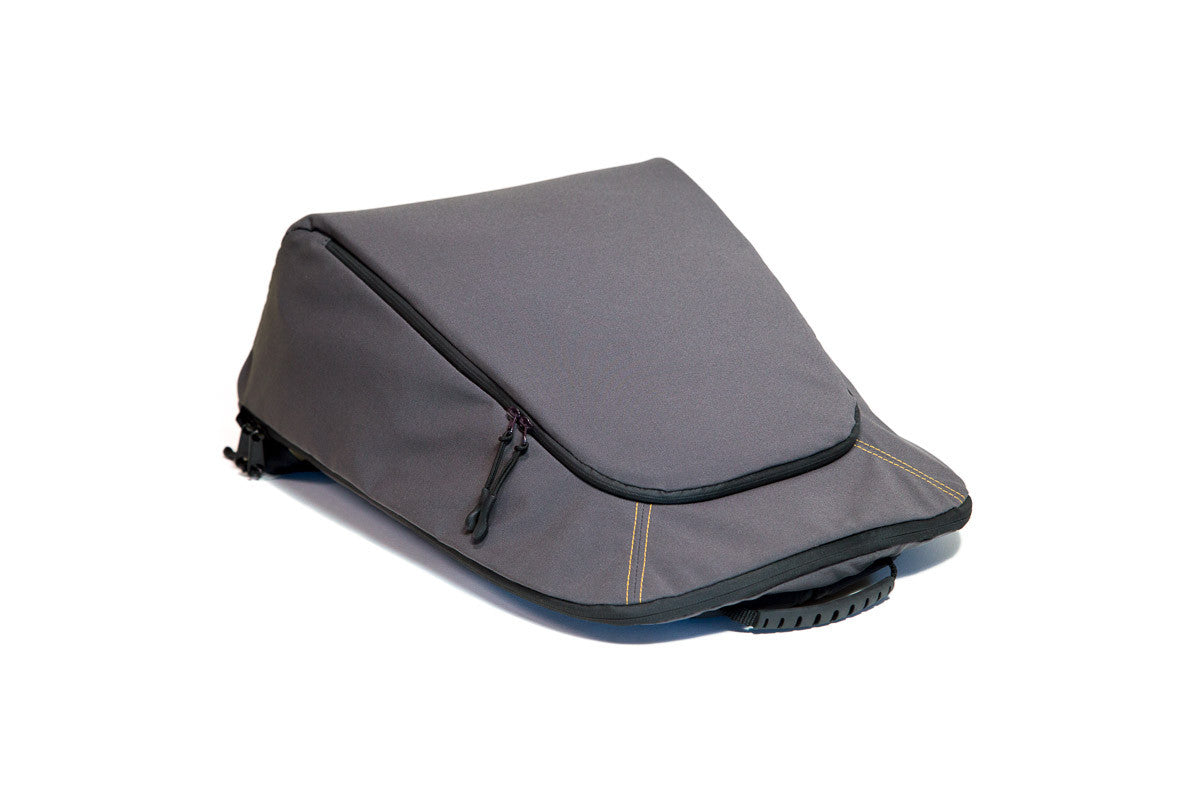
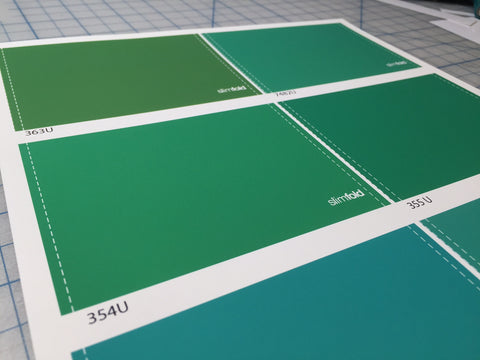
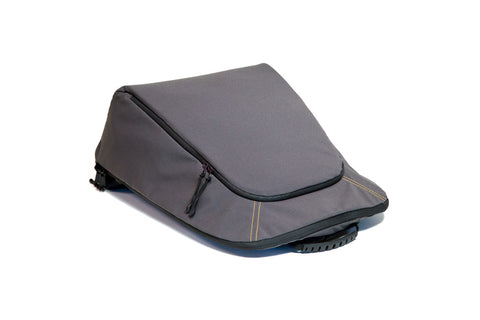
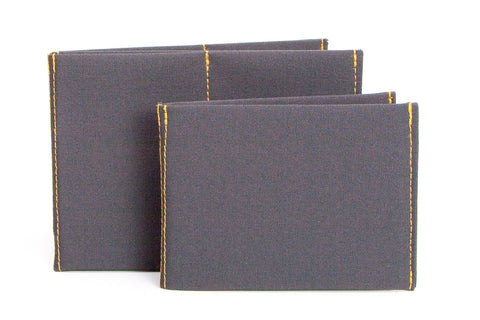
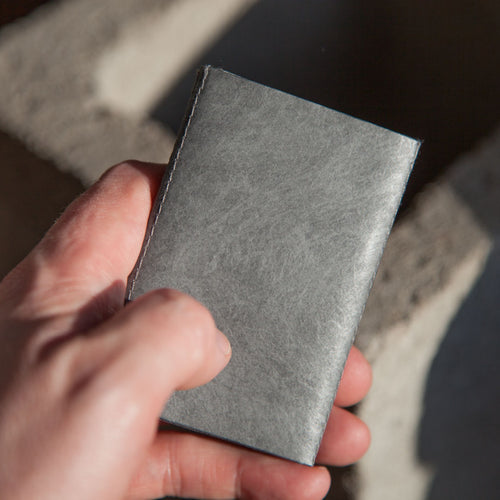
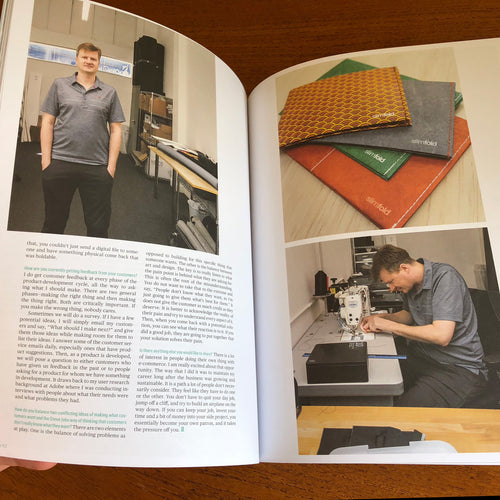
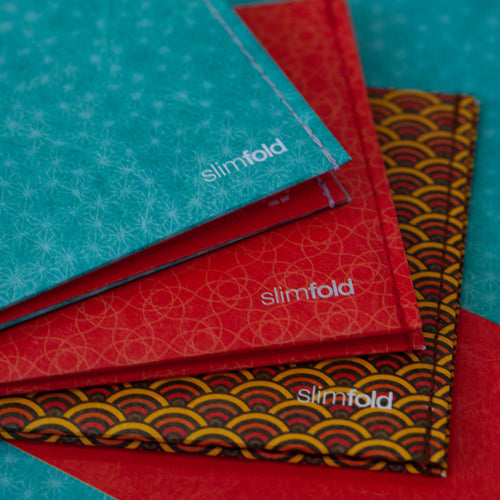
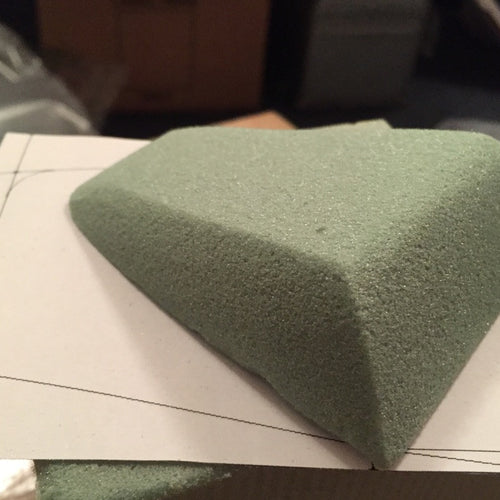
0 Comments